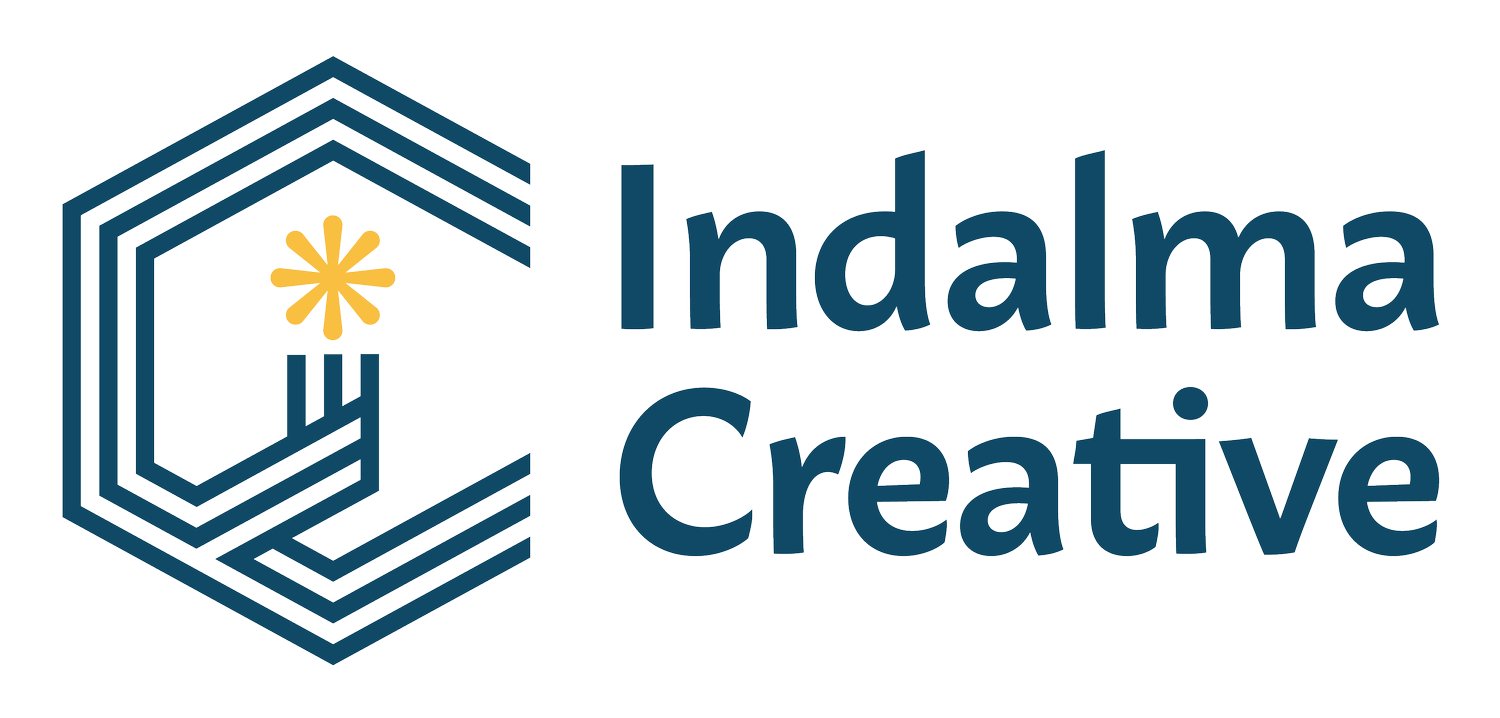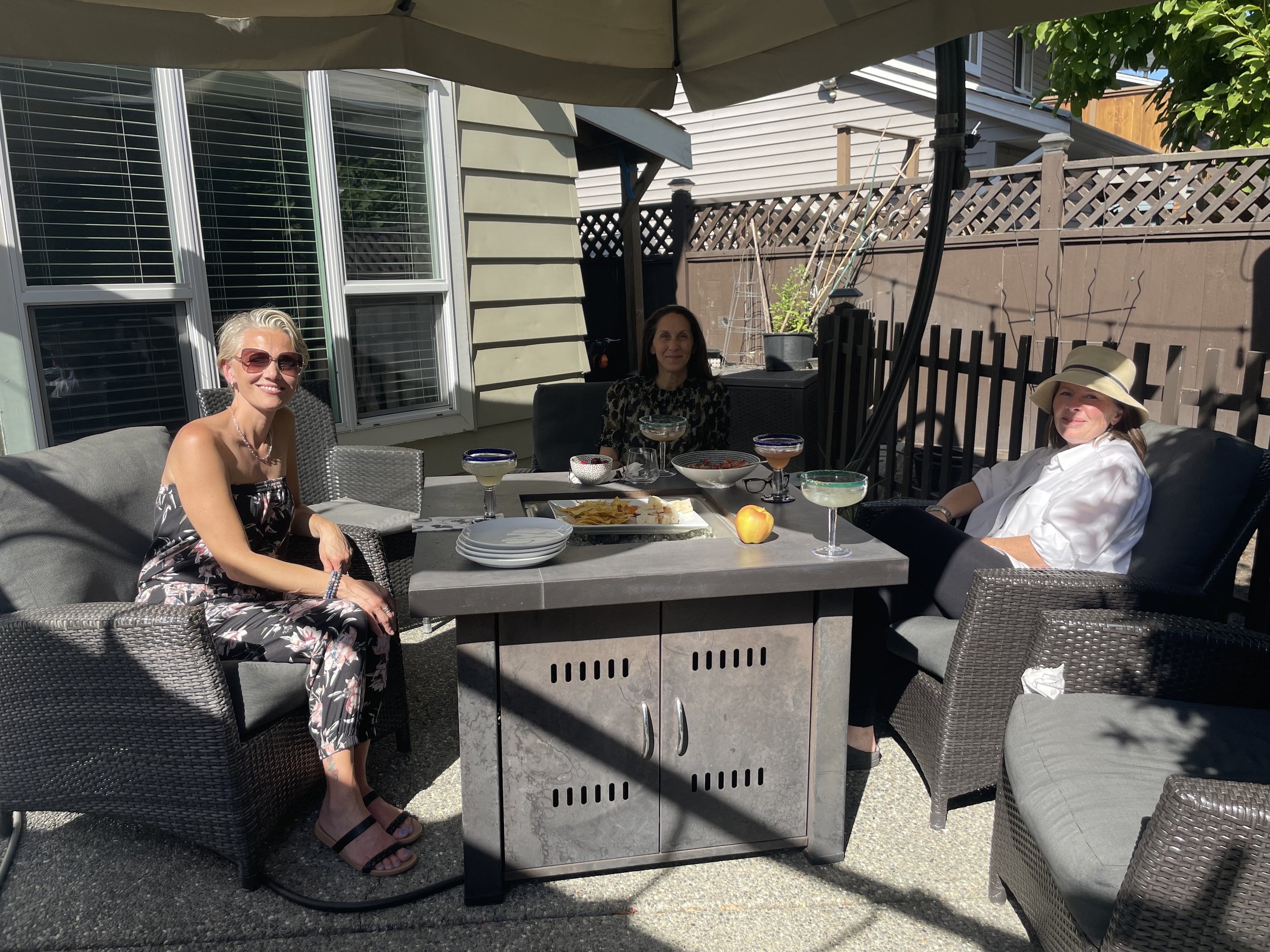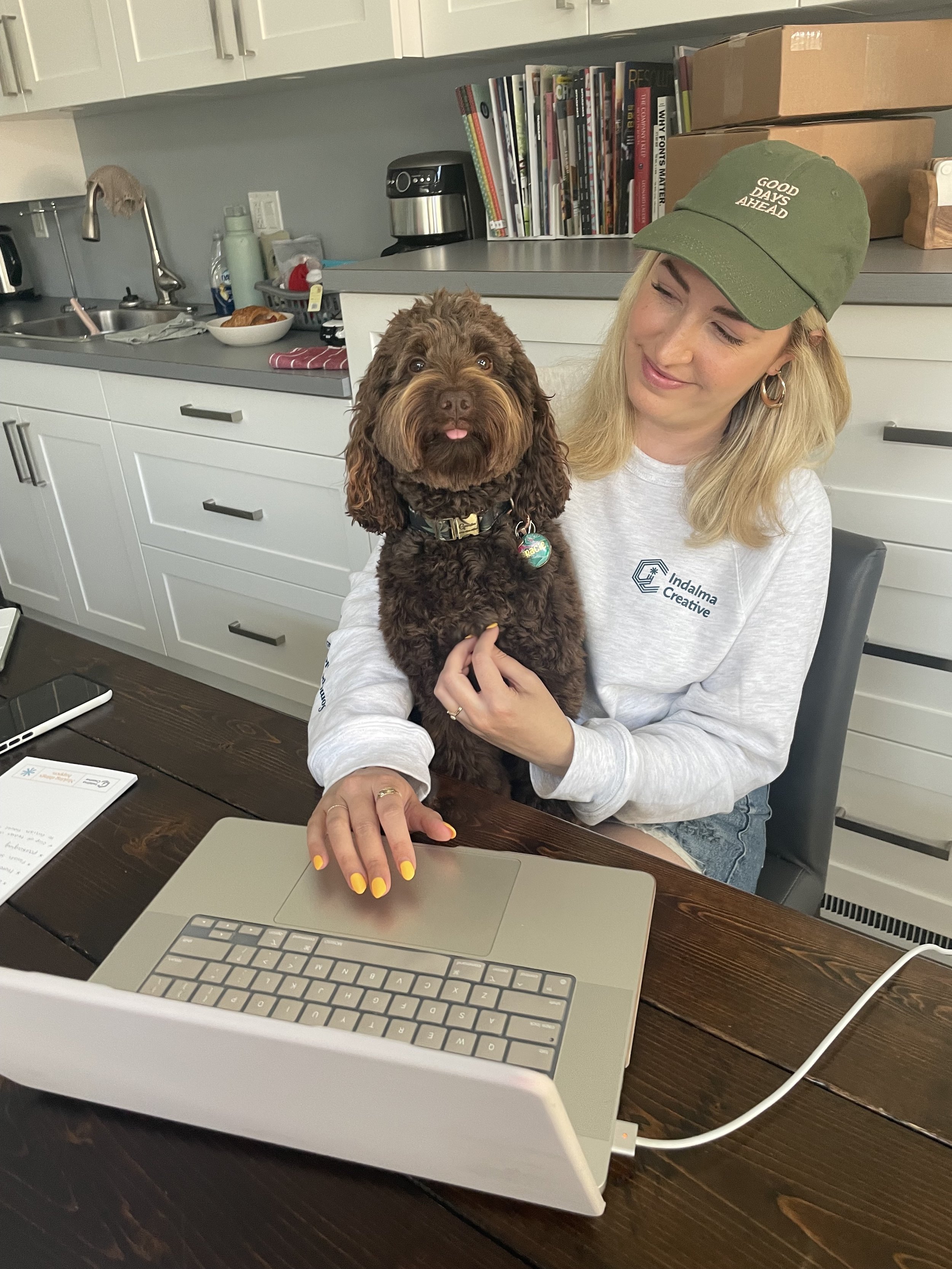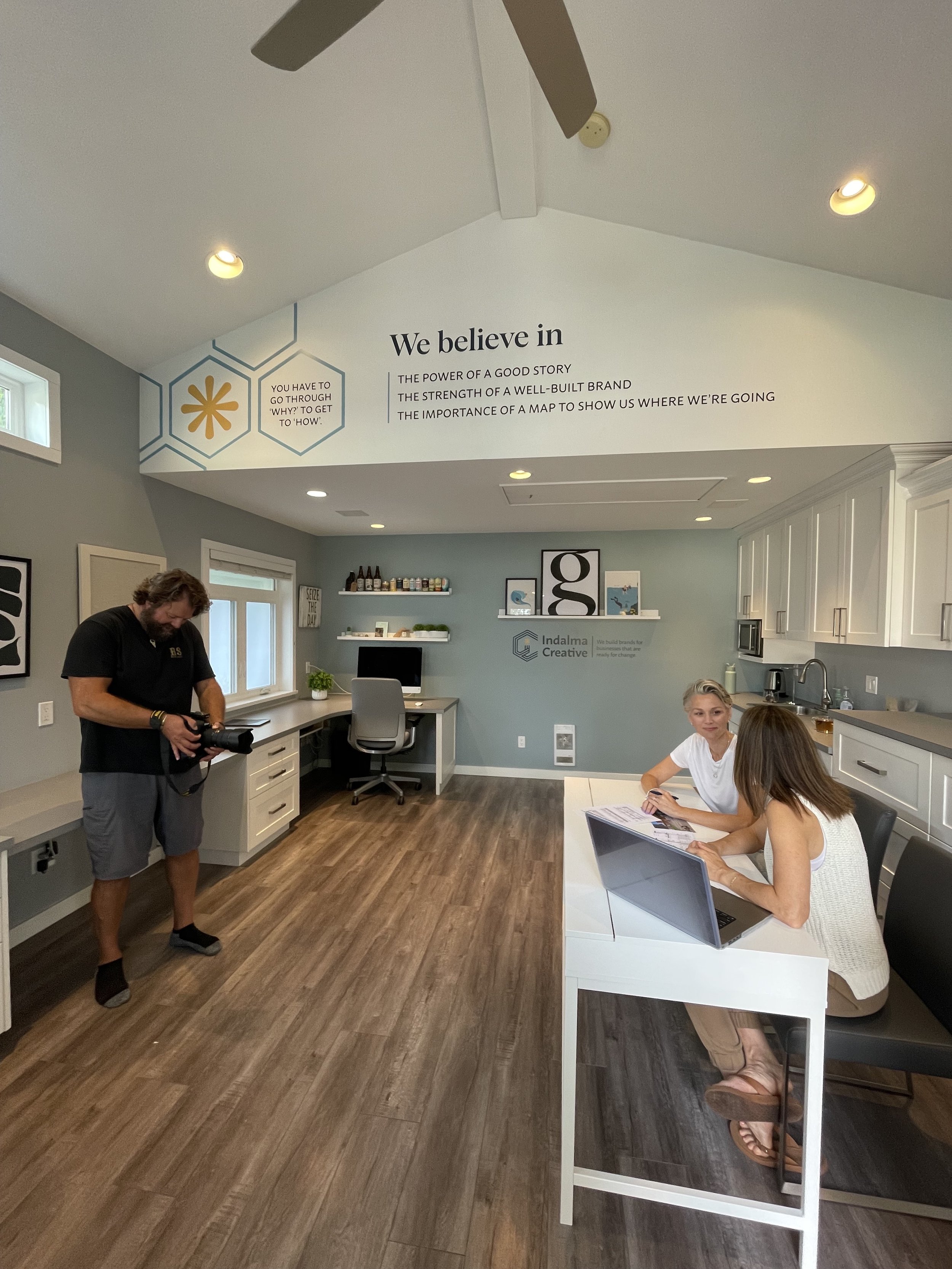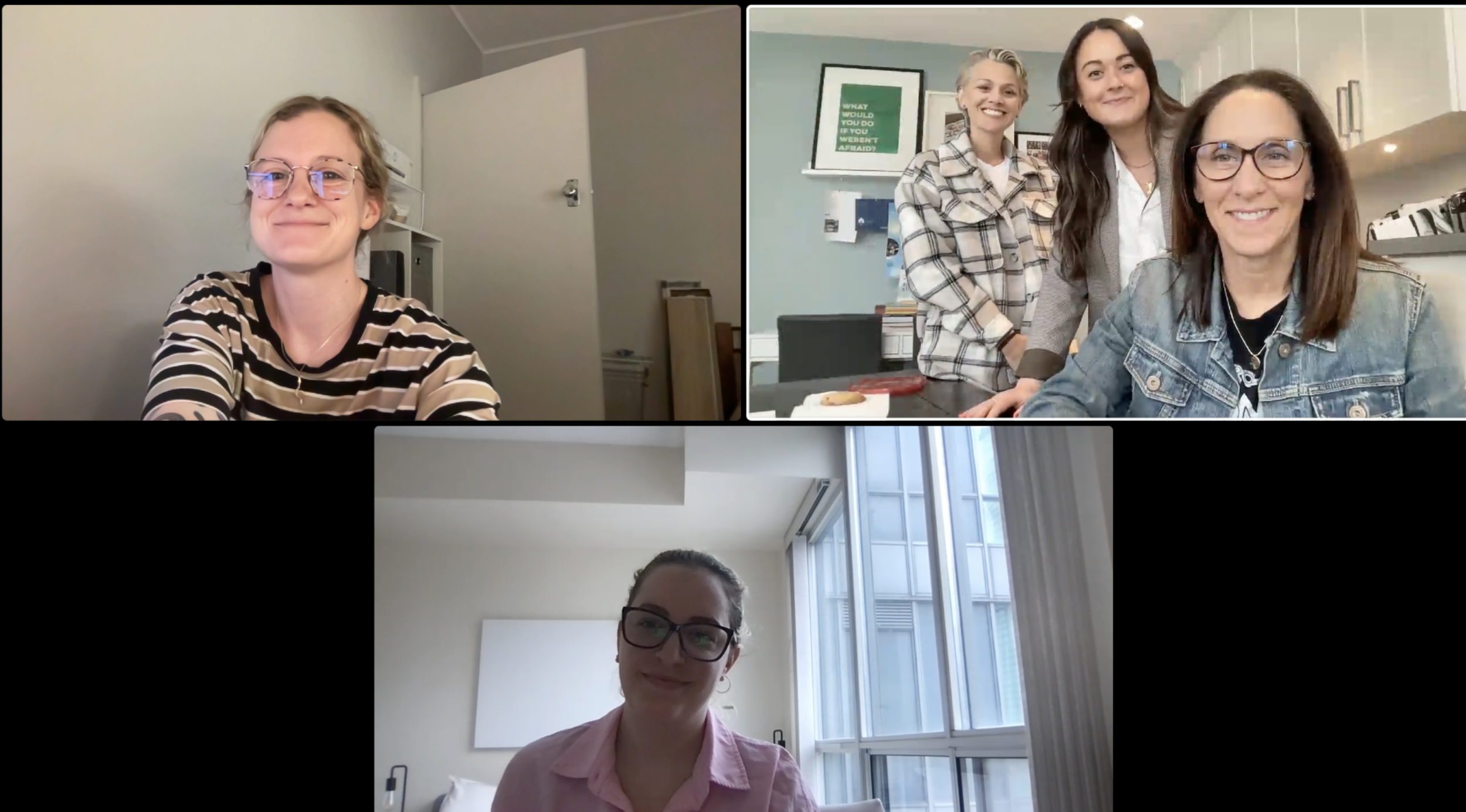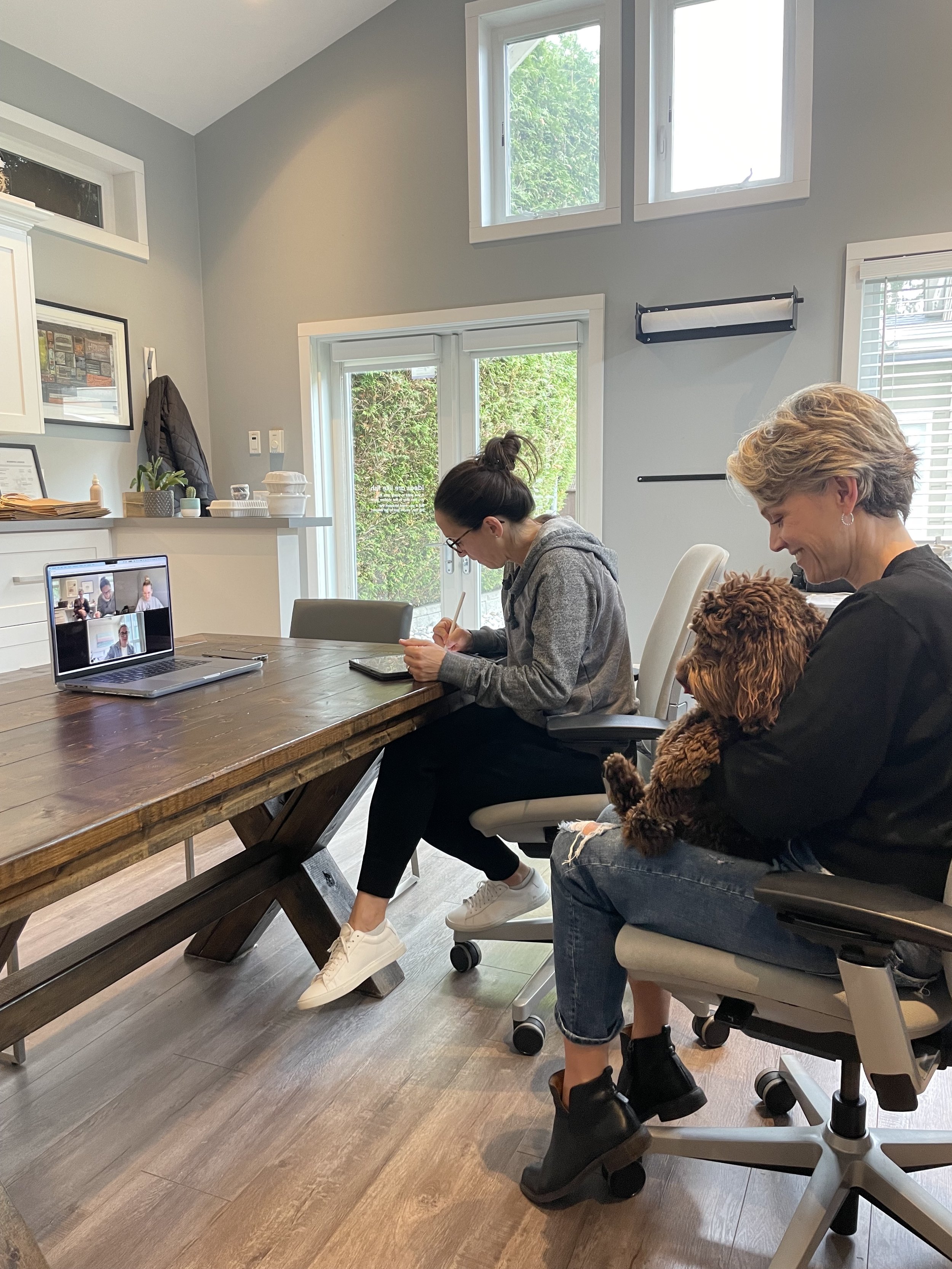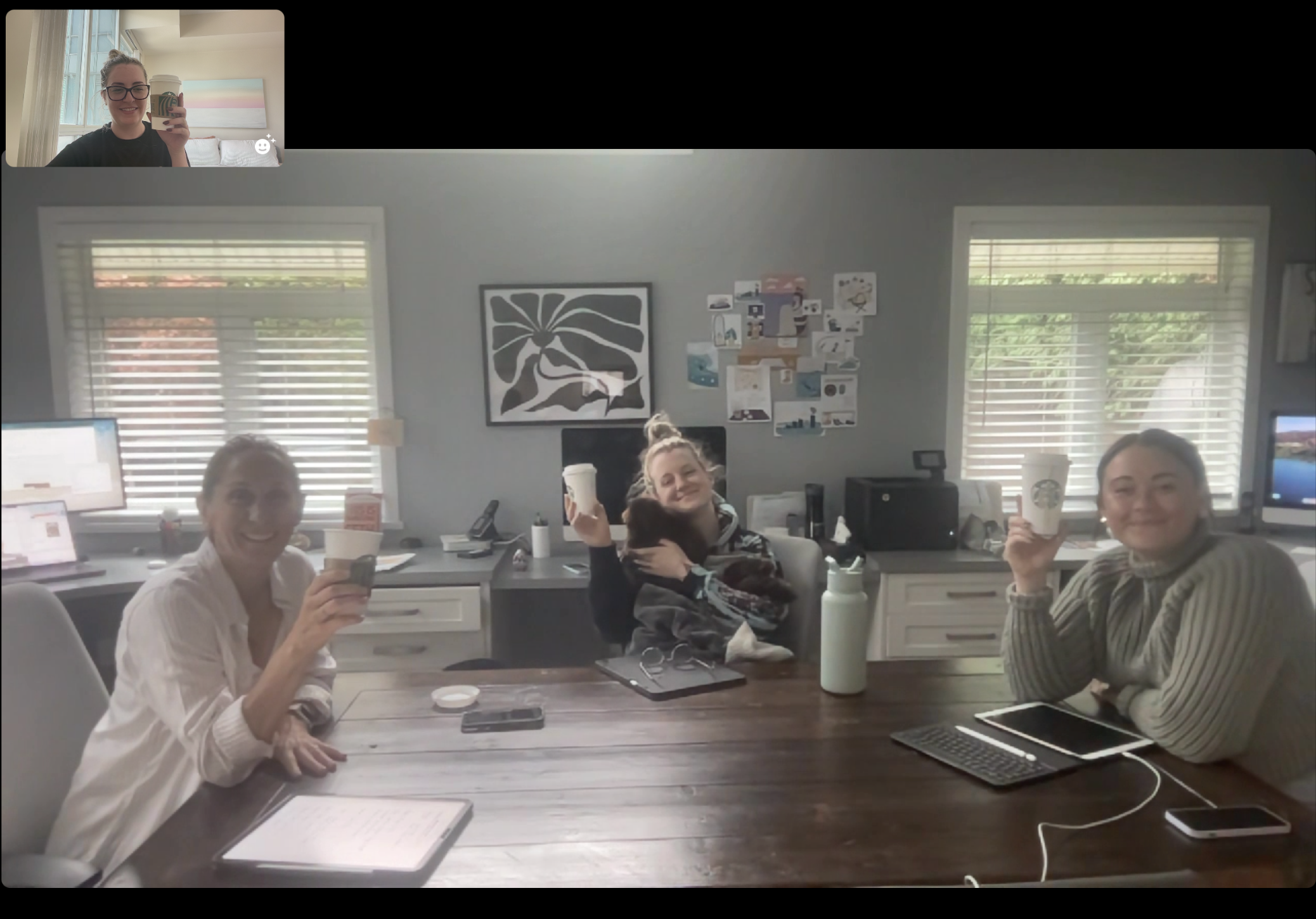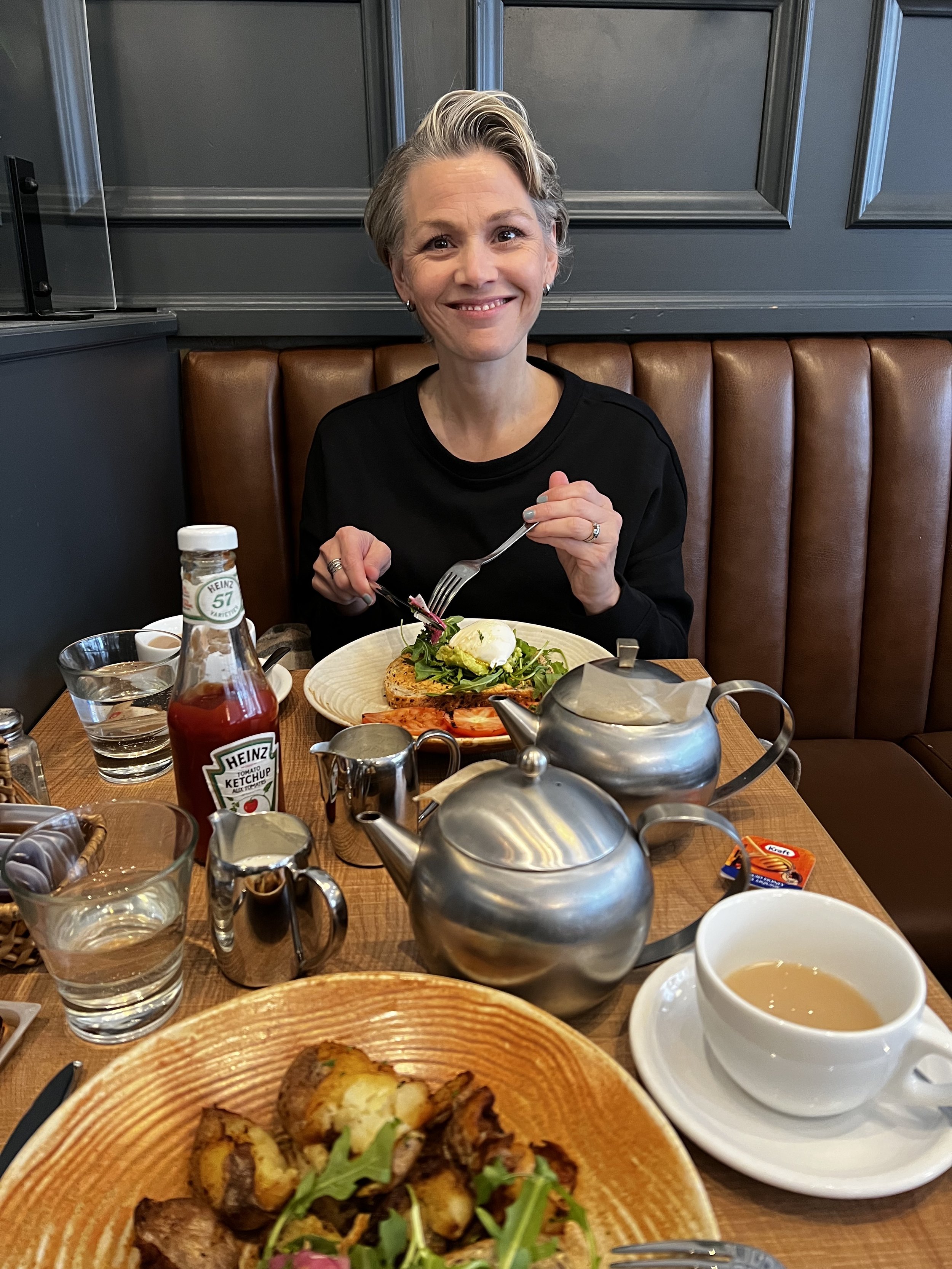How We Built a Strong Company Culture With a Remote Team – and Turned it Into a Competitive Advantage
For many businesses, remote work – whether it’s a couple of days a week, or full-time – is here to stay. And if that’s the case for your business, how do you create the work culture you want, or bond a team, without meeting everyone daily at the coffee machine?
We know from our work that an organization’s culture can make or break it. You can create all the plans and policies you want, but a dysfunctional culture will derail them all. We also know that it takes more than being in the same office to build a strong team and a healthy workplace. The fundamentals of creating a thriving, remote workplace culture also apply to organizations whose employees are entirely in-house: it takes thought, intention, effort and follow-through.
Remote work has expanded our flexibility, talent pool and customer service
At Indalma, our team is a mix of in-studio and remote staff – and everyone has the ability to work offsite. Recently, our Office Administrator, Kim, completed our month-end from a cruise ship in Italy, and two of our designers, Sheri and Kate, work from Australia and Toronto, respectively. Our copywriter, Bev, works around the corner from the studio and comes in for meetings, to pet the puppy, and drink tea. Our fearless leader, Angela, and project manager, Mackenzie, are in the studio most days, and Kim drops in several times a week.
2020 forced a shift in how we work, and it’s one we think the creative industry – along with its clients – has benefited from. For one thing, if employees no longer have to live in the area, we can hire from a larger talent pool. And because Indalma’s designers are spread across time zones, our studio is staffed from 7am to 7pm, instead of 9 to 5.
But when employees are spread across continents, how do you make it work in a way that feels seamless to both your clients and the team? How do you ensure that everyone feels connected and valued? And how do you ensure your values and approach are being reflected, and that everyone is working towards the same goals in the same way?
Here are six ideas that are working for us:
1. Strong cultures start with committed leadership
Every organization we’ve ever walked into that had a culture problem, had a leadership problem. Either the leaders weren’t aware of what was happening, the dysfunctional culture reflected their own bad habits, or there was a difference between what they said they wanted to achieve, and what they were willing to change. Sometimes, new leaders had inherited old problems.
Managers and leaders need to walk the halls – whether they’re virtual or real – and stay in touch with people on the ground. It takes time and it takes commitment, but it’s where you’ll find out how the people in your organization really feel. Culture-building requires the courage to receive feedback, and the commitment to act on it.
We’re a small group, but we don’t leave things to chance. Once two of our key designers began working from remote locations Indalma’s owner, Angela, began to explore ways to connect and collaborate online, know where projects were at without sending endless emails, and offer seamless customer service. She had to sit and think about the culture she wanted to create – one that seemed to happen naturally when we were all together – and then how to implement it.
2. Communication and connection aren’t the same thing – and both need to happen
She began by scheduling daily online meetings at a time that worked for Australia, Toronto and Vancouver. Over time, the full team meetings were reduced to once-a-week, with one-on-ones scheduled as needed.
Team meetings are where everyone gives project updates, and our project manager learns where and how she can best support us, and lets us know what’s coming down the line. The meetings create an intentional space in which we listen to each other, share and plan – it’s a more structured approach than we used to take in-studio, when we could have conversations at any time. But...we also missed that unstructured talk-time, so another layer was added – we created spaces for connection, not just communication.
Being visual people, the team has started sending “Three photos from your weekend” to the group chat on Mondays. They’ve created a shared workplace playlist in Spotify. And we schedule online lunches, where everyone has a lunch delivered courtesy of the boss, and cocktail hours where we catch up – same as we would if we were all in-person. Group chats tie the team together – as do video chats on the same platform. The truth is, our intentional approach probably means that we know more about each other personally than we would if we worked in the same space.
One of the significant upsides to remote work is that it has increased our productivity. Creative work requires focus and periods of “going dark” – and working remotely frees us from the interruptions and distractions of a shared office.
3. Centralized project management is the key to keeping everyone in the loop
The next thing we invested in was an overhaul of our project management software so that the team could check in from anywhere, at any time, and find the notes, client background, status of work, and most recent drafts for any project. It wasn’t just a matter of providing good customer service, it also made it easier for us to do our work, or step into large projects with tight deadlines – we could start at 7am in Toronto, and finish at 7pm in Australia. Working remotely has forced us to become even more organized in a way that’s universally accessible to everyone.
4. Client needs haven’t changed, just their expectations around how they will be met
The pandemic changed everyone’s expectations around how services and work might be delivered. Our clients haven’t been concerned with the structure of our team or where they are located, as long as they still get what they’ve always needed: good communication, a collaborative environment, regular access to their creative team, and great work delivered on time.
Again, project management software helps here. With social campaigns, for example, we give clients access to pages in our system so that they can collaborate with their designer, provide feedback, and answer questions – and it reduces the need for email. The system also stores all of the communication for that project in one place.
Our project manager keeps an eye on the system to ensure everything runs smoothly. Clients are introduced to her at the beginning of projects, and approach her to set up new work, or if they have general questions.
One of the advantages we offer over some remote work companies is that we have key staff in-studio who can meet with clients face-to-face when needed, or visit a business to get a feel for their environment, or the community they serve. They offer support to the remote designers by gathering, and then communicating, what they learn. And when our team gathers once or twice a year in our Vancouver-area studio, we make sure that remote staff gets out to meet their key clients face-to-face.
5. A solid, online onboarding process ensures that everyone knows what’s expected
If you have remote employees, it’s important to give them the same information about your culture, expectations, processes and approach, as you would if you were onboarding an in-office employee. You can’t tour them through the office, or have them sit and watch someone else work, so you need to create a solid onboarding package, and give everyone the same training. Our project management system, along with one-on-one calls with other team members, provides new employees with everything from onboarding materials to client and project backgrounds.
6. It’s important to get together IRL
For a collaborative, creative team like ours, it works to connect face-to-face once or twice a year – it creates another level of team spirit. This year, at the end of August, we all spent a week together in the studio. We let our clients know that we were taking a short break to refuel creatively and enjoy each other’s company and you can see some of what we got up to below and on our social channels.
A strong workplace culture is a competitive advantage
Building a strong, remote workplace culture takes planning and consistent effort to ensure that everyone feels connected, valued, and is working as a team towards the same goals in the same way. But it’s effort that every business – with remote employees, or without – should be making, given that an organization’s culture is one of the few advantages their competition can’t duplicate. A healthy workplace culture offers benefits that include increased productivity, greater employee retention, and better customer service – and we think that’s worth working for!
Looking for more ideas from StudioTalk?
StudioTalk is our free, quarterly newsletter full of practical design, branding, and customer relationship-building ideas to help you grow your business.
